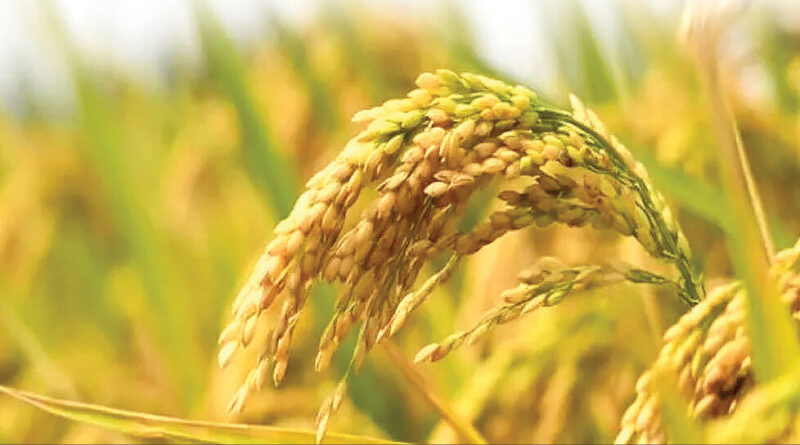Maharashtra: Thanks to constant rain, ghat area farmers take up paddy plantation
By Abhijeet Patil
As showers have been constant, paddy farmers in the ghat areas of Kolhapur have sped up cultivation by employing a unique method of paddy plantation.
The Western Ghat section of the district has a unique topography that supports cultivation of paddy using the method. The usual method, which is generally used in plains, involves sowing. In the ghat section, however, farmers own small plots at different heights and for them, “plantation” of saplings which they have had prepared is the feasible way that has been followed for ages.
Kolhapur is one of the districts with highest paddy cultivation in the state.
In Kolhapur district, rice is grown on over 1 lakh hectares every year, most of which is in the ghat section. The farmers produce unique varieties of the rice like Ajara Ghansal in several villages of Ajara tehsil of Kolhapur district. The variety has the Geographical Indication tag.
“The farmers cultivated seeds on the beds prepared after burning of the organic materials such as dried leaves, woods, etc. It is called ash burning. Later they sow the seeds and water them for a month. The paddy field for actual plantation was prepared only after consistent rains and when the fields get adequate water and become muddy field. The farmers then carry out the ploughing to remove the weeds. Later, the saplings were sown in the muddy fields,” said Arun Bhingardive, acting district agriculture superintendent.
This article has been republished from The Times of India.

